Mesopotamia is a historical region situated between the Tigris and Euphrates rivers, roughly equivalent to modern-day Iraq. It has become well known for its great civilizations and cultures, its innovations and discoveries. Throughout its history, it has witnessed many great rulers who have overseen these developments.
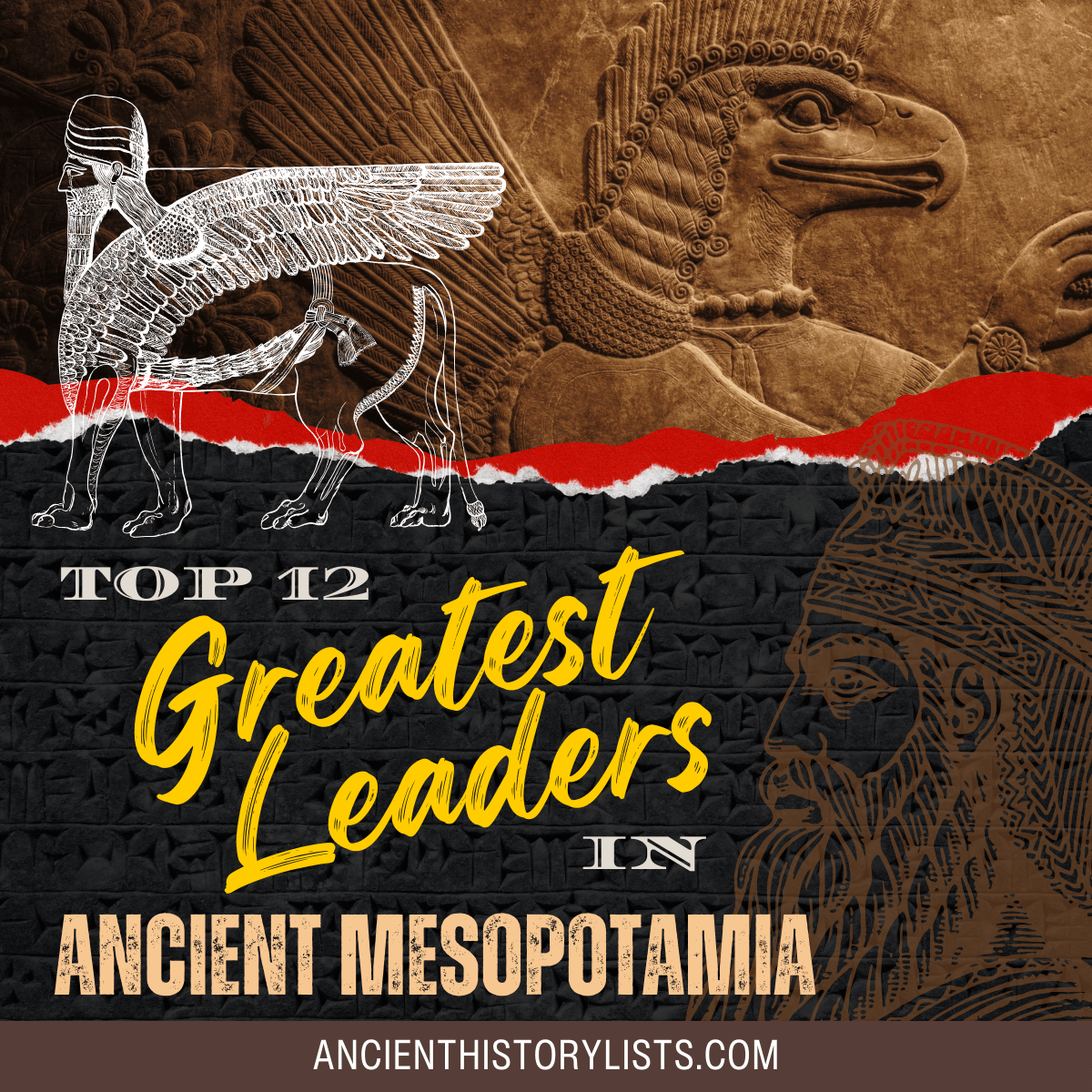
Here is a list of the top 12 greatest leaders in ancient Mesopotamia:
BABYLONIAN KINGS
1. Nabopolassar
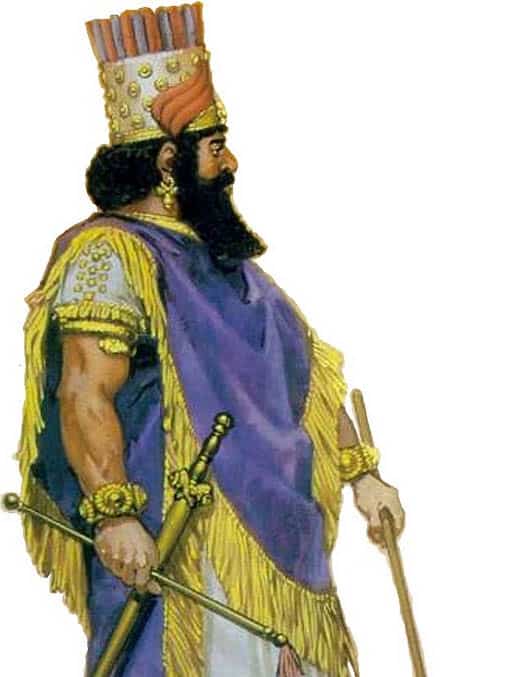
Nabopolassar was a Babylonian king who ruled the Neo-Babylonian Empire for more than two decades from 658 to 605 BC.
One of his major accomplishments was the invasion of the oldest Sumerian city, Nippur. The Assyrian Empire was collapsing as a result of civil unrest and poor rule. The Babylonians and the Medes came together to defeat the Assyrian state of Nineveh in around 612 BC as a result of a treaty between Nabopolassar and Cyaxares of the Median dynasty. After the long Battle of Nineveh, Nabopolassar took control of the city.
He worked hard to improve the architecture of his empire during his reign, building many beautiful temples and ziggurats dedicated to various gods such as the Babylonian deity Marduk.
He died in 605 BC and handed the throne to his son Nebuchadnezzar II who became the most powerful king of the Neo-Babylonian Empire.
2. Nebuchadnezzar II
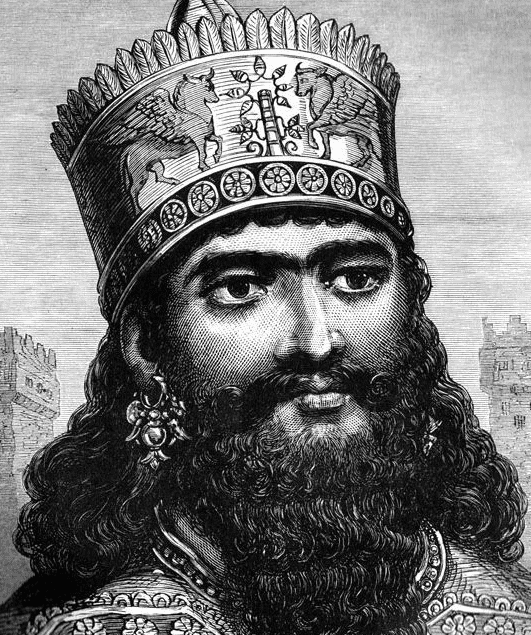
Nebuchadnezzar was also known as the King of the Universe, and Babylon reached the pinnacle of its economic success during his reign. He improved the overall layout and infrastructure of Babylon, expanding the royal palace and incorporating a public museum, and establishing and rebuilding temples. He ordered the construction of a bridge over the Euphrates and built a huge road called the Processional Way leading into the city. This road incorporated the famous Ishtar Gate which was elaborately decorated.
He is mentioned several times in the Bible and is said to have destroyed the First Temple and been the architect of the Babylonian exile.
He mounted several attacks to the west during his reign from 605 to 561 BC and waged war against the Egyptian and Assyrian armies at the Battle of Carchemish. After his death, he was succeeded by his son Amel-Marduk who only ruled for two years.
3. Hammurabi
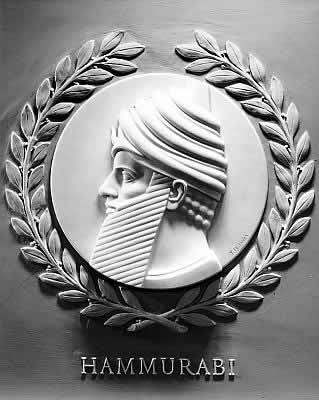
Hammurabi was a king of the first Babylonian dynasty and ruled for more than 40 years. He is famous for issuing the Code of Hammurabi, which was one of the first pieces of legislation based on the principle of crime and punishment. It laid out specific punishments for different types of crimes, and emphasized that an individual should remain innocent until proven guilty and receive a fair trial.
Hammurabi was worshiped as a deity in his lifetime, and Babylonia became a significant civilization during his reign. Despite waging war against the Assyrian emperor Ishme-Dagan I, the beginning of Hammurabi’s reign was fairly peaceful, and he concentrated his energies on public works and strengthening the state’s defenses. He was devoutly religious and re-built many damaged temples and established new ones.
Hammurabi died in 1750 BC and is remembered for the good works he did for his empire and his subjects.
SUMERIAN EMPERORS
4. Gilgamesh
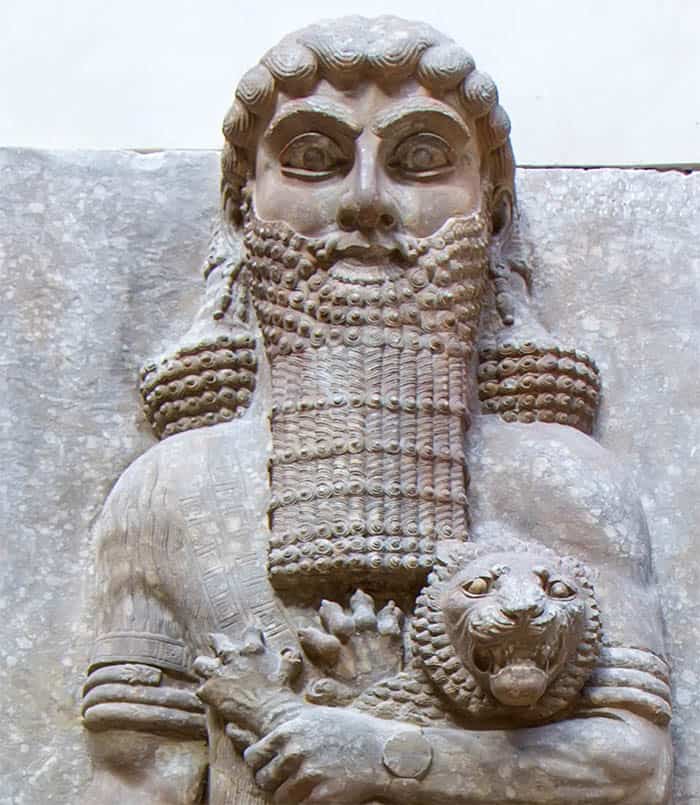
Gilgamesh was the emperor of the Sumerian city of Uruk. He was raised to godlike status and was venerated by his subjects. He ruled the empire during the Early Dynastic Period somewhere between 2800 and 2500 BC.
He has featured in many Sumerian poems and was a prominent figure in Sumerian legends during the Third Dynasty of Ur. He was a heroic figure who symbolized the common individual’s ambition for prestige, immortality, and fame. Gilgamesh was deified after his death, and prayers addressed to him have been found engraved on cuneiform tablets.
5. Ur-Nammu
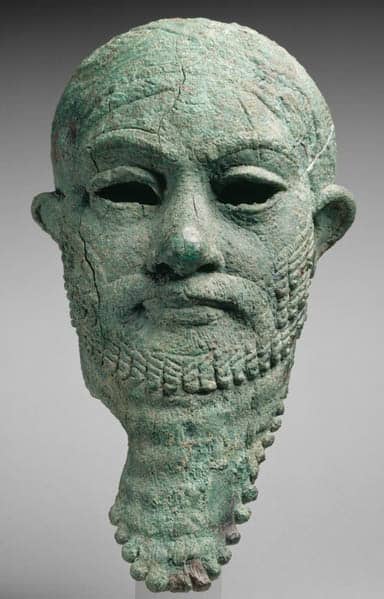
Ur-Nammu laid the foundations of the Third Dynasty of Ur. One of his major accomplishments was the strengthening of the infrastructure, roads, and architecture of Kish, Nippur, Umma, and Adab. He is remembered for his legal code, the Code of Ur-Nammu, which is still in existence today. It outlined punishments for crimes such as robbery, murder, and adultery, and also laid out divorce laws.
Ur-Nammu built many ziggurats including the Ziggurat of Ur. The Ur-Nammu stele is a nine-foot engraved monolith documenting the reign of Ur-Nammu and includes intricate details of Ur-Nammu communicating with the gods. The remains of this monument were found in 1925.
Ur-Nammu reigned for almost two decades, after which his son Shulgi took over the throne.
6. Alalngar
Alalngar was the second ensi, or ruler, of southern Mesopotamia who, according to legend, is said to have reigned for 36,000 years around 2900 BC. He succeeded the ruler Alulim and was himself succeeded by En-men-lu-ana. He brought about vital improvements to his kingdom and has been mentioned in several major literary works.
7. Dudu of Akkad
Dudu was born in 2250 BC and ruled Akkad for more than two decades around 2189 BC. He succeeded Ilulu and was a brave and intelligent emperor who had his subjects’ best interests at heart. Much of what is known about Dudu has been found on engraved cuneiforms which document his rule over the Akkadian Empire. He crusaded against other Akkadian leaders from the south such as Umma, Girsu, and Elam.
During his reign, the uprisings of the Gutians led to the decline of the already unstable Akkadian dynasty.
RULERS OF PERSIA
8. Cyrus the Great
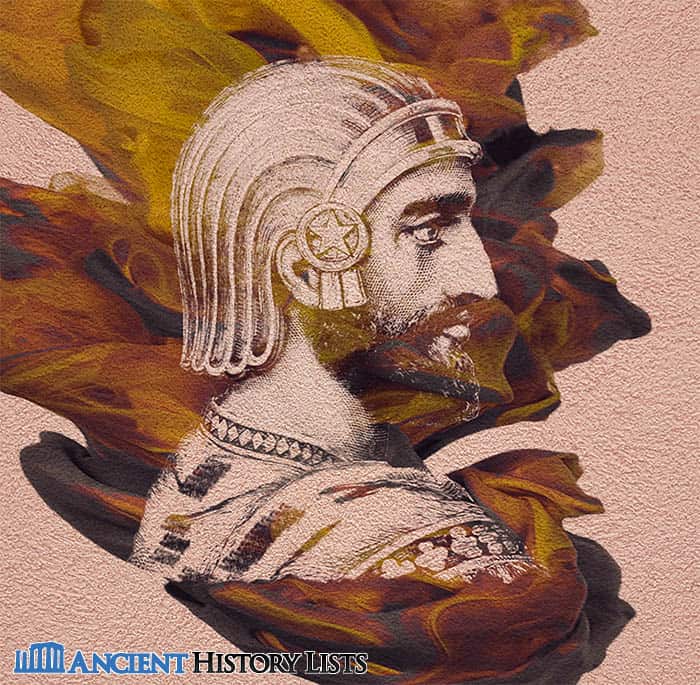
Born in Persia, Cyrus the Great was the founder of the First Persian Empire, a gigantic empire which was unprecedented in terms of its size. At the height of its power, the Persian Empire included Babylonia, Tayma, Syria, and Judea. Cyrus seized Susiana in 540 BC and crusaded against the Babylonian emperor Nabonidus, most famously at the Battle of Opis.
Cyrus the Great was also known as the King of Persia, King of Media, King of Babylon, King of Sumer and Akkad and, famously, the King of the Four Corners of the World.
Cyrus was a fair ruler who respected the existing traditions and customs of the states he captured. He governed with his subjects’ best interests in mind. He is well known for his achievements in the fields of politics, defense strategy, and human rights and had a significant influence over subsequent Eastern and Western civilizations.
According to ancient cuneiform tablets, Cyrus reigned for 30 years and died in 530 BC. He was succeeded by his son Cambyses II.
9. Darius I
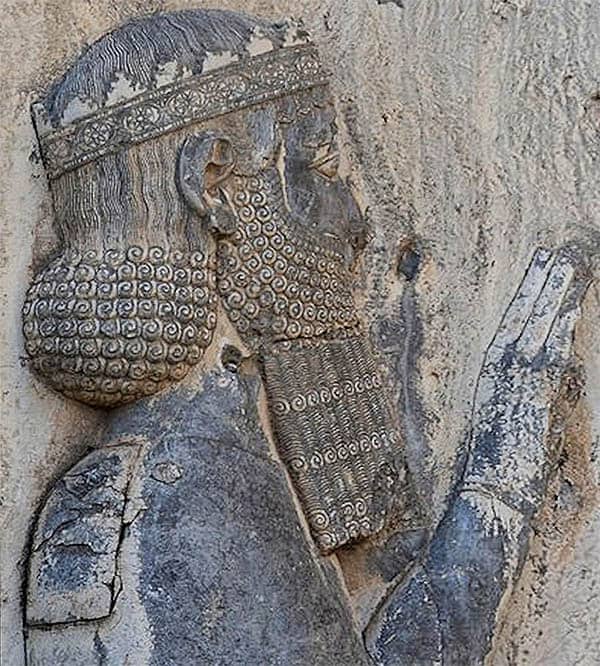
Darius I, also known as Darius the Great, was the fourth emperor of the Achaemenid Empire and son of Hystaspes and Rhodugune. Darius overthrew Gaumata who had assumed power by force.
His reign saw many rebellions and uprisings which he quashed to gain control over the whole area. He expanded into Egypt, defeating the pharaoh armies and taking over many parts of the country. He intended to invade large areas of Greece as well, but his first battle, the Battle of Marathon, ended in Persian defeat.
Darius structured his empire by dividing it into provinces and appointing satraps, or provincial governors to each region.
Darius’ eldest son, Xerxes I, took the throne after his death.
10. Xerxes I
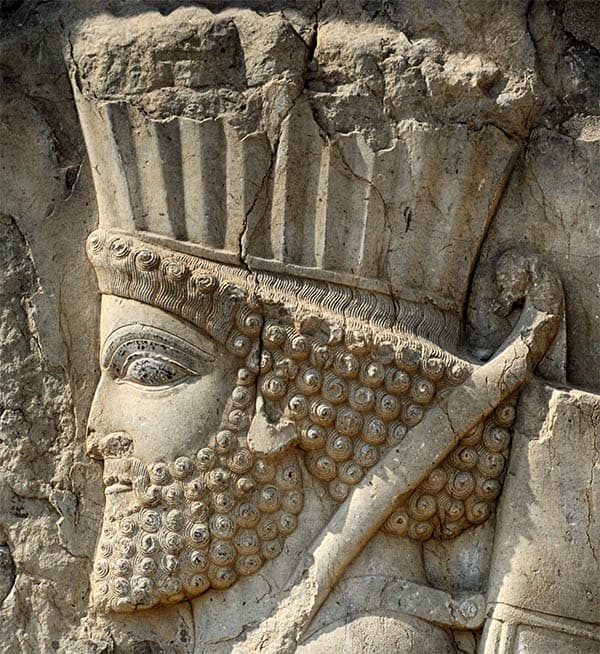
Xerxes the Great sat on the throne from 486 BC to 465 BC, from the age of about 36 years.
He finished many of the incomplete projects from his father’s era, supervising the construction of the Gate of All Nations, the Palace of Darius, the Hall of a Hundred Columns, and the great meeting hall Apadana. He also reconstructed the Royal Road established by his father and built a palace at Susa.
Xerxes features in many cultural plays such as the ancient Greek tragedy, The Persians, and the opera Serse in which he is the main character.
Accounts vary, but it has been suggested that both Darius and then Xerxes were assassinated by the government official Artabanus. When Xerxes’ son Artaxerxes found out, he ordered the killing of Artabanus and his sons. Xerxes was succeeded by Artaxerxes I.
11. Artashata
Artashata, also known as Darius III, was the last king of the Achaemenid Empire who ruled from 336 to 332 BC. His empire was unstable, with many areas supervised by unreliable and untrustworthy governors.
Alexander the Great invaded Persia in 334 BC, defeating Darius’ army before raiding his treasury. Despite often having the stronger force, Darius frequently fled from Alexander’s troops in battle, and he was generally considered to be a fearful and inefficacious leader. He tried to reinstate his army after a major defeat from Alexander, but the Persian forces were demoralized. Alexander was officially declared the new ruler, and Darius was killed during a coup after the Battle of Gaugamela by one of his governors, Bessus.
12. Arsaces I of Parthia
Arsaces was the first ruler of Parthia and the founder of the Arsacid dynasty. He reigned for 30 years from 247 BC to 217 BC when he was succeeded by his son Arsaces II. Arsaces was a well-known Arsacid ruler, famous for crushing Seleucid attempts to gain control of Parthia and for introducing silver and bronze coins during his reign. His reputation lasted long after his death, leading to his title of Father of the Nation.
Conclusion
Mesopotamia has seen many rulers, good and bad, but it was the contributions of the most efficient rulers which shaped its future.
These rulers gained new territories and won back old lands previously lost in battle. They developed the infrastructure of their cities, building roads, temples and great monuments, many of which still stand today.
However, perhaps most importantly, they introduced laws and codes which established a legal structure which is still followed in many developed countries today.